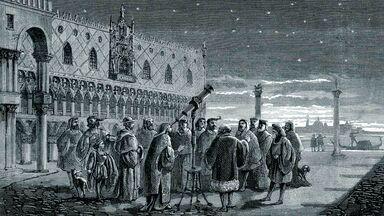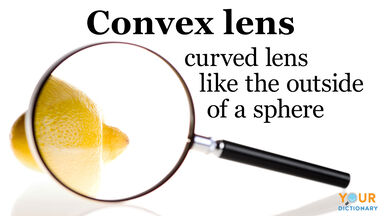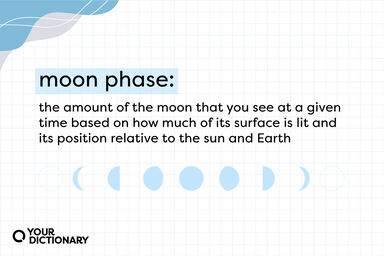It is there shown that every substance, transparent to light, has a definite refractive index, which is the ratio of the velocity of light in vacuo to its velocity in the medium to which the refractive index refers.
According to the electromagnetic theory of light K = N2, where N is the refractive index for rays of infinite wave-length.
In the case of substances possessing anomalous dispersion, the direct measurement of the refractive index for Hertzian waves of very long wave-length may be employed.
Calling the refractive index µ, we have as the critical value of e=2Xo/ µ sin a, (1).
The limit can be depressed only by a diminution in Xo, such as photography makes possible, or by an increase in /2, the refractive index of the medium in which the object is situated.





